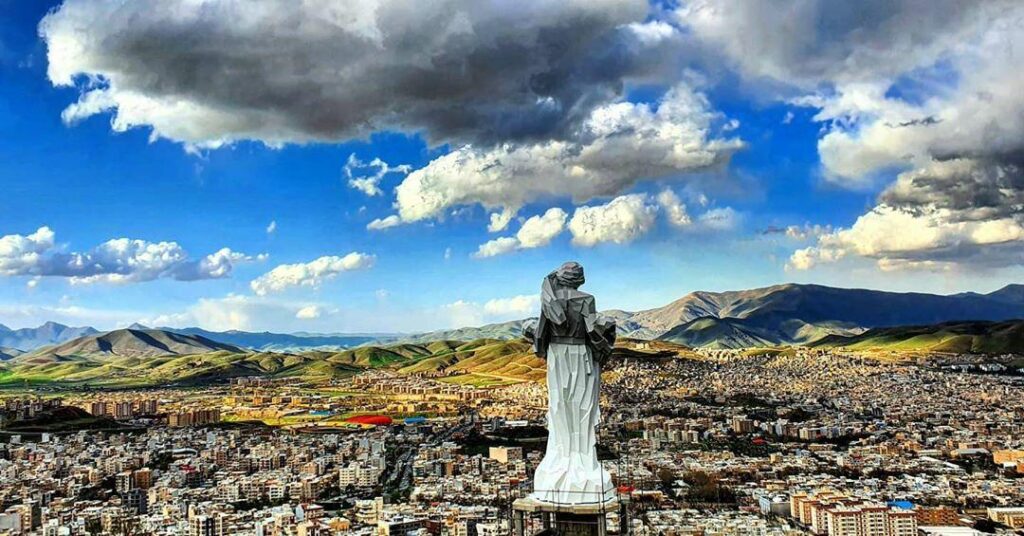
The name Sanandaj is an Arabicized form of the compound word “Sna dezh” and the native Kurdish people of the city call the city “Sna”. Although many definitions exist for the term “Sna”, in the Avesta (primary collection of religious texts of Zoroastrianism)it is defined as “hawk” or “eagle” and the word “dezh” means fort.
It is obvious from historical records that the ruler, Shah Soleiman Khan Ardalan, transferred the centre of government from Hasanabad and Palangan forts in the south to the modern day city of Sanandaj in the year 1046 AH. Prior to that, Sanandaj was a small but ancient small village which was probably destroyed by an earthquake or Mongol invasions. This is evident in the ancient hill of Tooshnawzar running along the river and Hasanabad Fort which are of archaeological significance. Many graves have also been found in Sanandaj dating back to more than a thousand years.
Suleiman Khan Ardalan after the transfer of sovereignty to Sanandaj, built a castle on top of a hill establishing a government with full strength. Mansions, baths, mosques and markets were built outside of the castle building in the Safavid and Qajar eras and remains of which are still evident in the present era.
Sanandaj has a special place culturally, artistically and religiously in Kurdish populated regions. It has famous artists in the various cultural and artistic fields such as music, theater, visual / performing arts. The city is also famed for its mystical ceremonies and mysticism held in Takyas and Khanqahs (belonging to Dervish Orders) weekly. Mysticism is a deep-rooted tradition in Kurdistan province and since the third century Kurdish people have been followers of this tradition. Sanandaj boasts 60 Khanghahs which are a resort or refuge for congregation of dervishes or followers. There are two main branches of mysticism in Kurdistan province:
Sanandaj is a city of mosques as it has over 141 mosques and is therefore has the highest ratio of Mosques to city population in the Islamic world. It is also a city with many higher educational institutes (47 HEIs in Kurdistan Province including University of Kurdistan which not only the main state university but has the responsibility of overseeing all the other HEIs in the city and the province a high student population of 20,000 (total province student population is just under 60,000).